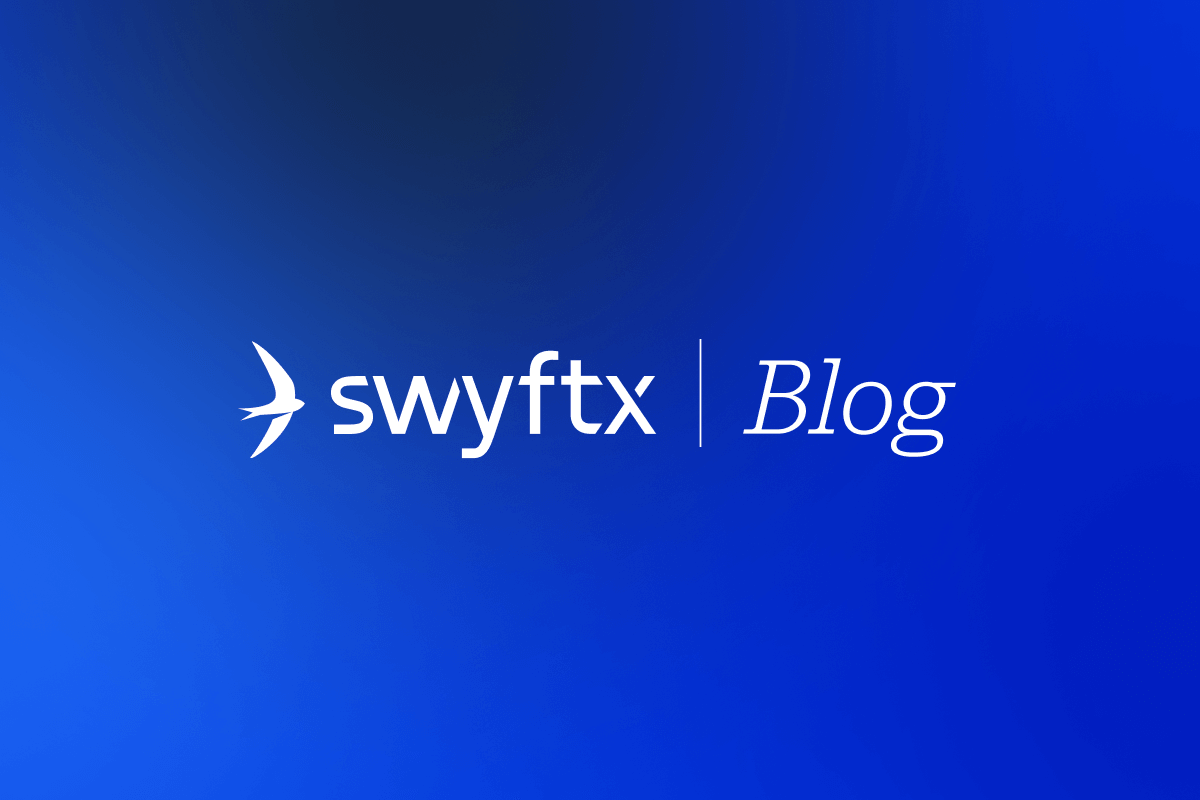- > Bitcoin back above $90k USD
- > Altcoin ETFs defy market uncertainty
- > FBI gets involved in Cardano chain split
- > Crypto adoption Down Under accelerates
Bitcoin back above $90k USD
It’s been a tough November for the crypto market, with Bitcoin falling to six-month lows, Ethereum dipping below $3k USD and the Fear and Greed Index consistently flashing ‘Extreme Fear’.
This week momentum has shifted, with BTC, ETH and several other prominent altcoins sporting positive seven-day price changes for the first time this month.
The change in price movement has come as major economic data from the United States was released for the first time in months. Following the protracted government shutdown, investors had been trading without access to updated macro indicators. But, after a significant delay, September inflation and jobs data came in around expectation, spiking renewed optimism for a December rate cut in the States.
Spot ETFs have also experienced solid inflows this week, putting further upward pressure on BTC and Ethereum’s price.
So is this the beginning of a long-term trend reversal, or a bear market rally? A lot will hinge on the Fed rate decision set to be made on the 9-10th of December.
Altcoin ETFs defy market uncertainty
Despite a shaky November, inflows for new altcoin ETFs available on the stock market have been impressive.
In particular, popular Layer 1 ecosystem Solana has had a strong debut on Wall Street. The basket of spot SOL ETFs, now comprising six funds, are closing in upon $1 billion USD assets under management. 22 straight days of net inflows has placed approx. 1% of Solana’s total supply into the TradFi sphere.
Meanwhile, the wave of XRP ETFs have witnessed strong demand too. The biggest day of trading saw nearly $250 million USD poured into the XRP products, culminating in a combined $600 million+ in assets under management.
There are still plenty of spot ETF filings awaiting SEC approval, such as a Chainlink fund, and investors will be hoping continued inflows create a foundation for the market to maintain its bounce-back.
FBI gets involved in Cardano chain split
It’s been a bit of a rocky week for Cardano, depending on which way you look at it. From one perspective, a single ’toxic’ transaction managed to split the project’s underlying blockchain, as new node operators accepted the block, while older nodes rejected it.
This resulted in a temporary blockchain fork – where two versions of blocks are running simultaneously – for around 12 hours.
On the flipside, Cardano devs were able to identify the transaction that triggered the event, and resolve it with a software patch in less than a day.
The incident was sparked by an anonymous stake pool operator (SPO) going by the pseudonym Homer J (no relation). The person at fault apologised for the mishap, claiming they were simply testing vulnerabilities in the network and accidentally caused the split.
Charles Hoskinson, co-founder of Cardano, wasn’t having a bar of it though. He claims it was a malicious, intentional attack aimed to disrupt the protocol. To escalate matters, Hoskinson contacted the FBI to investigate.
The drama aligned with (and likely played a role in) ADA, Cardano’s native token, slumping to its 12-month low.
Crypto adoption Down Under accelerates
A recent international report from Gemini, titled the Global State of Crypto 2025, unveiled some key findings around digital asset adoption.
Notably, Australians featured prominently within the document, cementing our nation’s role as a key player in the blockchain revolution.
According to the report, 30% of Aussies who invested in crypto stated memecoins were their first digital asset purchase. This is one of the highest rates globally and suggests that locals may be interested in the crypto market beyond Bitcoin as a financial alternative to stocks, cash or bonds. Or, maybe Aussies really do just have higher rates of larrikinism (it’s a real word) than other nations.
Another significant finding was generational. Gemini reported that nearly half of all millennials and Gen Zers surveyed owned, or had owned, cryptocurrency.
This has been a consistent theme across such reports, with Swyftx’s YouGov report demonstrating similar results within Australia.
The global uptick in adoption has stemmed from several sources, with institutional and TradFi involvement playing a large part. Gemini’s report revealed that nearly a quarter of US respondents claimed the launch of a government strategic reserve increased their confidence in the asset class.
The rush of big-money corporations and governments entering the scene has created some anxiety around centralisation. But it has also helped the industry take a stride forward in terms of adoption and trust across the financial sphere.
Ben Knight


